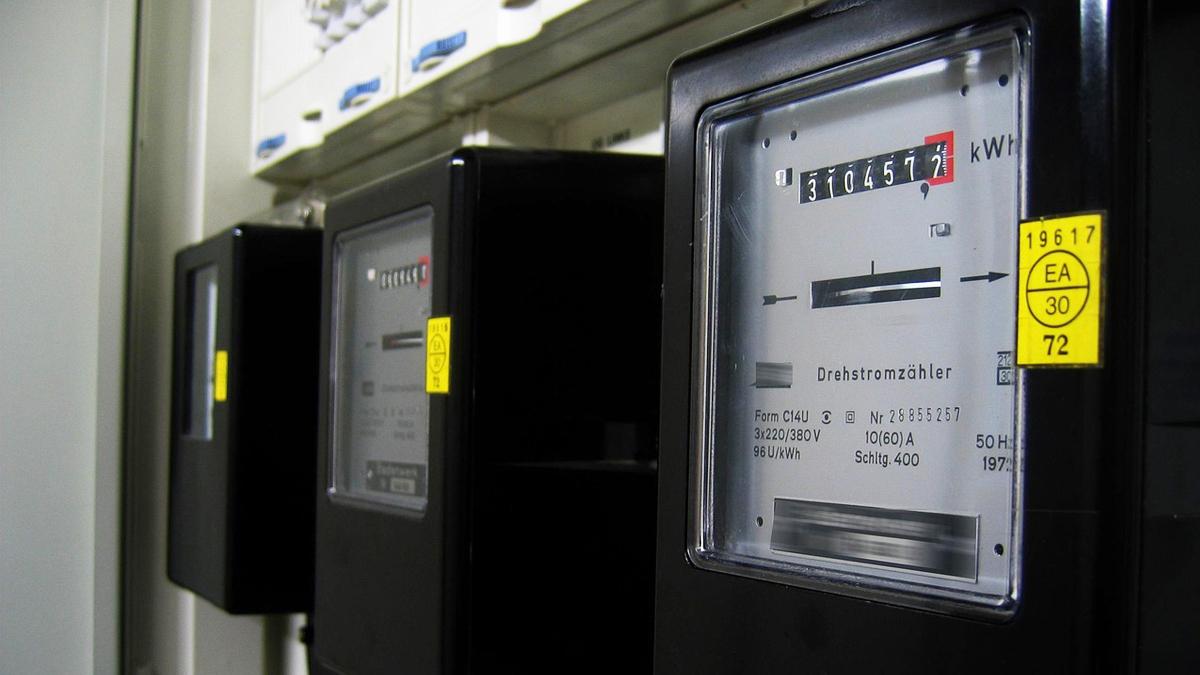‘We are focusing more on loan against property and used commercial vehicle financing, so the risk does not change significantly, but the yield is higher.’

Illustration: Uttam Ghosh/Rediff
Federal Bank has to enter the league of big private-sector lenders in the next 7-10 years, says K V S Manian, MD & CEO of Federal Bank.
In an interview with Manojit Saha and Subrata Panda/Business Standard in Mumbai, he talks about mid-yielding assets being the focus area of the lender, along with boosting fee income and strengthening the current account deposit base.
You took charge in September last year. What is the vision you have for the bank?
Federal Bank, as an old private-sector bank, is leagues ahead of most of the banks. It has done the best in this cohort of banks.
But it has not reached the cohort of the large private sector banks. We want to be the fifth largest private lender, which puts me in the big league.
We have 18-20 per cent market share in Kerala… it has a huge regional strength and now we want to be a more nationally recognised bank. We are halfway there.
What are your biggest challenges?
Declining interest rates are a challenge for all banks.
Broadly, if the interest rate was in the upward cycle, many initiatives I want to do would have been easier, but in this environment, there is a downward pressure on yields.
Secondly, the brand, the team, and the people have to make the transition from playing league matches to Test matches.
We have won the Ranji Trophy, but now we have to play the Test matches. This is the main job to be done.
Where do you see your total business in the next few years?
Overall, we should be growing in the mid to late teens, depending on the market environment.
What areas do you want to improve?
We are looking at three areas — first, we have to get the liability and the current account story right. Our current account is at 6 per cent of our deposit base.
For most banks, it is in the order of 12-15 per cent. So we would want the 6 per cent to grow to 10 per cent and beyond.
If we get this right, it solves our cost of funds problem, changes net interest margin, among other things.
On the asset side, our credit culture is very good. Our cost of credit has been reasonable. There is a DNA of the bank in terms of what risks it takes.
I do not want to revolutionise it, but evolution is good. Overall, our book is low risk, low yield.
I would want to shift it to medium risk, medium yield.
If I try to do much, it will become revolutionary and I do not want to derail it.
So, we are focusing more on loan against property (LAP) and used commercial vehicle financing, so the risk does not change significantly, but the yield is higher.
Thirdly, we want to improve our fee income. If you benchmark us, we have a gap from the big players. Fee income largely is trade forex, wealth management, card fees, etc.
So, there are opportunities to grow this. We want to grow fee income by 25-30 per cent run rate.
What is the strategy you have adopted for your corporate book?
We will go after the mid corporates. We do not want to go after the really large ones. Given our cost of funds, we can be competitive in the mid-market segment.
At the very top end, the pricing gets too fine, and we do not make money, and we do not get any cross sell.
But in mid-corporates, we will be relevant, and we will get the current accounts of those companies, trade, forex, etc. Overall also, we are focused on SME and small businesses.
Where do you want your retail corporate mix to be?
Currently, 60 per cent is retail and we want to increase it to 70 per cent in the next 2-3 years.
Your home loan growth has been slow…
I have to overall balance my growth such that my medium yielding assets grow faster, and low yielding assets grow slower and home loans sit in the low yielding assets so I will grow them slightly slower.
We will be opportunistic about the high yielding assets if the environment clears. Credit cards will grow, and we will continue to grow that.
Personal loans, and microfinance loans we will judge the market and credit quality and take a call.
My sense is for another two quarters microfinance will see some pressure.
Are you open for inorganic growth in the microfinance segment?
In general, we are open for inorganic growth. Having said that, we will never have our microfinance more than 5 per cent of our book.
I am not a fan of the barbell kind of strategy. Also, our overall unsecured book should not be more than 10-15 per cent of our book in our medium term.
What is your credit card strategy?
We just have a little over 1 per cent market share in credit cards and we want to drive it to 4-5 per cent in 3-5 years.
Currently, our organic cards are lower than our fintech sourced cards. We want to have 50 per cent organic cards, and 50 per cent sourced from fintechs.
So, the journey to be a large private sector bank is a decade-long?
It’s a 7-10 year journey.
Do you plan to raise your 26 per cent stake in Ageas Federal Life Insurance?
We have 26 per cent stake in the company, and we have an RBI approval to take it to 30 per cent. The application to the insurance regulator is in the process.
Feature Presentation: Aslam Hunani/Rediff.com




